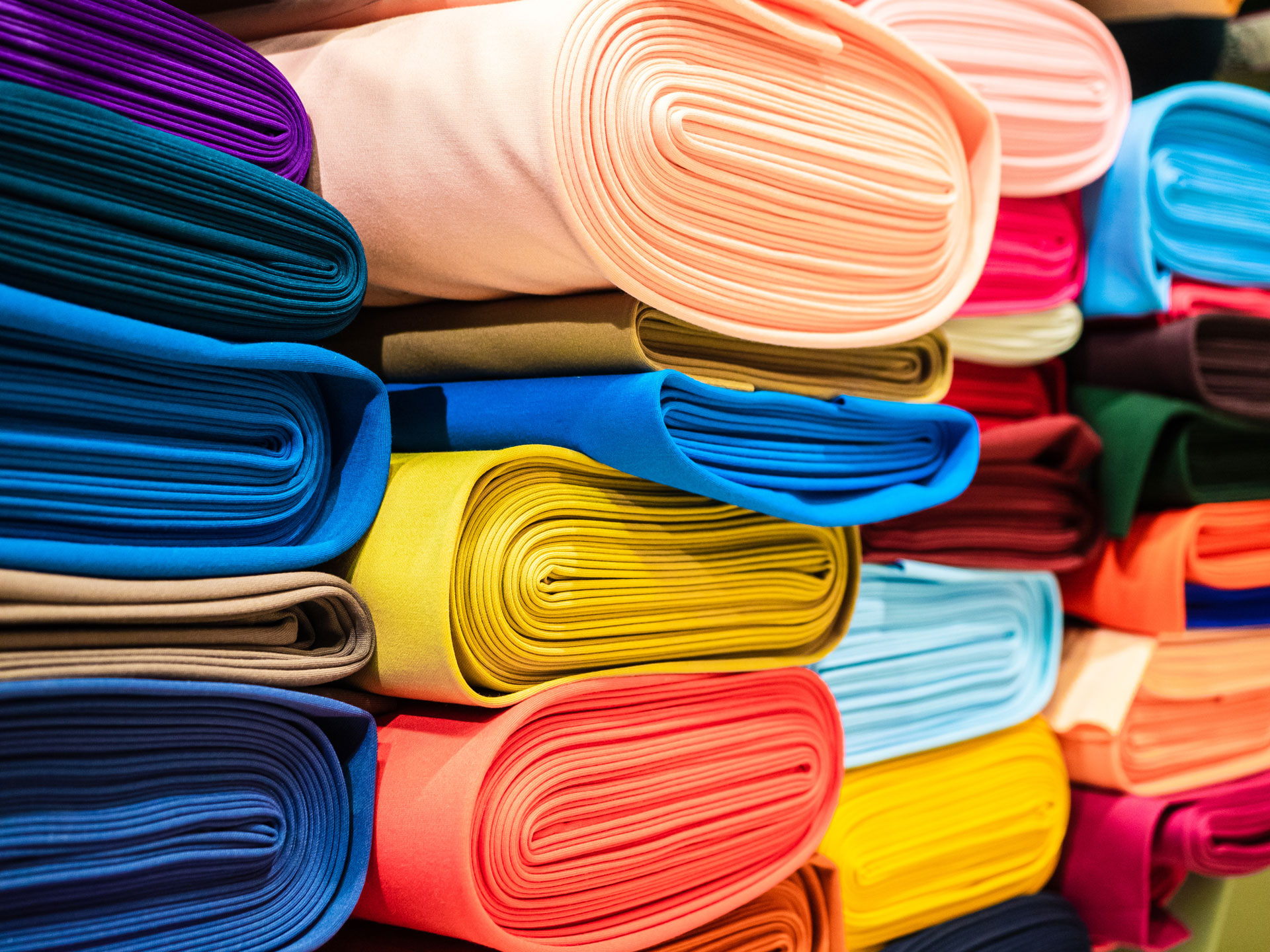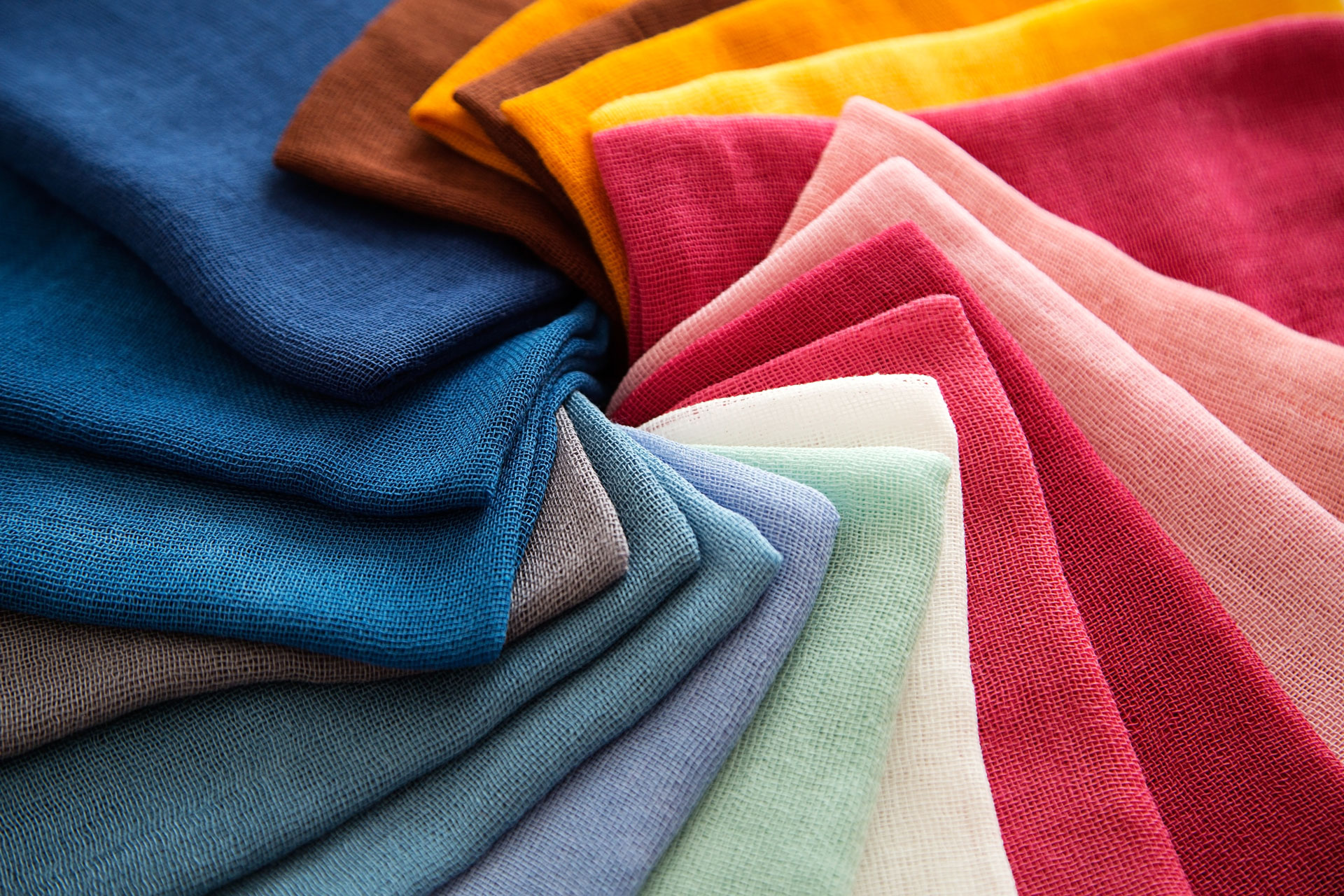How to Classify Fabrics?
17 January 2022
7 min read
Share

How to Classify Fabrics?
The fabrics can be classified based on different parameters.
The main distinction in classifying a fabric is given by its construction which defines if a fabric is knit or woven. These two processes, knitting, and weaving allow achieving two very different fabric structures, with different characteristics and features.
The other parameters that help to classify a fabric are the following:
- Composition
- Density
- Width & Useful Width
- Yield
- Dimensional Stability
- Shrinkage
- Skew
How to Do the Burn Test for Fabrics?
If you are not a textile engineer it might be hard for you to recognize the fabric composition just by looking or touching it. An easy-to-do-test, that will help you in this regard, is the BURN TEST. – Heads Up, this test can also be applied on yarns, in order to test their composition, and not only on fabrics!
How to Burn Test a Fabric? You will just need a swatch of the fabric you want to test and a lighter. Make sure there is no flammable material around you and that you take all precautions in order to not burn yourself (keep your hair tighten up, use fireproof gloves, etc).
When doing this test, asking yourself the following questions will help you identify what fiber you are burning:
- Does the fabric shrink?
- Does the fabric melt or burn? Or both?
- How does the residue of the burned fabric look like?
- How would you describe the smoke generated by the combustion?
- What type of smell does the combustion produce?
The functionality of this test is given by the different reactions of the fibers, whether these are natural or synthetic, vegetable or animal, and more. Unfortunately, two natural fabrics could have a very similar reaction to this test, and this can make it difficult to discern, for example, cotton to linen, and therefore create confusion. On the other side, you will see that the reaction will be completely different between natural and synthetic fibers. I share this just to make sure you are aware of these limits and you’ll do the test keeping that into consideration.
Also, when burning a blended fabric it is impossible to tell the exact quantity of the 2 or more fibers contained in it.
If in a woven fabric you notice that the warp and weft are realized with yarns of different fibers we suggest burning them separately in order to achieve a more accurate result!
Now let’s see how different fibers react to combustion!

Burn Test: How to recognize Natural Fibers?
Overall, natural fabrics/fibers burn quite fast and produce a yellow flame. They are also recognizable thanks to the grey soft ash and the hair/paper odor that the combustion releases.
Cotton
Cotton fibers, when ignited, burn with a steady yellow/orange flame. The generated smell resembles burning leaves and paper. Cotton fibers do not melt.
The ash left is very soft and fine, and easily crumbled.
Linen
Linen, if compared to cotton, takes longer to ignite. The burning linen flame is can be easily extinguished, just by softly blowing on it.
Silk
Silk is a natural fiber, but a proteic one. It is self-extinguishing fiber and when burned it does not melt, but it shrinks.
The flame is not as steady as the cotton one and has a red color. The generated smell is like burning hair. The ash is easily crumbled. Silk flame can not be easily extinguished as cotton or linen flames. The resultant ash has a dark, almost black color.
Wool
As silk, wool is also a protein fiber but is harder to ignite compared to silk (due to their different fibers length and fabric weave). It is self-extinguishing fiber and when burned it does not melt, but it shrinks.
The flame is orange and steadier than silk but weaker and it is difficult to keep the combustion continuous. As silk, the generated smell is like burning hair and the remaining ash is black.

Burn Test: How to recognize Synthetic Fibers?
Synthetic (man-made) fibers burn, but differently from the natural ones, melt, or tend to shrink. When burned, synthetic fibers release an acrid, similar to vinegar’s smell.
See below the most common man-made fibers you can find in nowadays textiles!
Polyester
Polyester quickly burns, melts, and shrinks at the same time. When burning, the polyester ash can bond quickly to any surface, and when combustion ends the ash will result hard. The smoke from polyester has a black color and can be toxic.
Nylon
Nylon also burns, melts, and shrinks during combustion. When burned, Nylon smells like burned plastic and its smoke can be toxic. This fiber self-extinguishes, therefore it does not leave any ash.
Spandex
It burns and melts, but, differently from the previous fibers analyzed, it does not shrink from the flame. It has a chemical type odor. The ash that residues are soft, sticky, and dark-colored.
Acetate
Acetate burns quickly and presents a flickering flame that is not easy to extinguish. During the combustion, acetate drips and leaves hard and black ash.
If you have the suspect that the tested fabric contains acetate, the best way to double-check it is to apply a small amount of fingernail polish remover: if acetate fibers are present, the fabric will dissolve.
Acrylic
Acrylic fibers burn fast, and the flame is easy to extinguish. The smoke is black and can be toxic. The combustion remaining is hard (it can not be crushed) and irregularly-shaped ash.
Rayon
Rayon burns rapidly without flame and leaves a little quantity of gray ash. The burning smell is close to burning leaves.

How to distinguish an Interlock from a Single Jersey?
Both Interlock and Jersey fabrics are knitted from circular machines and can seem very similar at first sight. They are normally used in the same types of garments, such as tees, tank tops, kids apparel, underwear, loungewear, and so on. The main difference consists of the price: an interlock t-shirt is normally more expensive than one realized in a jersey, having the same characteristics, because considered of a higher quality!
Every fabric presents, obviously, a front side and a backside. In our particular case, the front side of the two fabrics is practically identical, and results in a smooth and uniform surface but, if observed closely, it actually presents very tight and vertical ribs.
This is why to capture the difference between an Interlock and a Jersey it is necessary to analyze the backside of both textiles.
You will soon notice that while the interlock will result in having the same structure and pattern of the front side, the jersey has a different design, that runs perpendicularly to the fabric grain and results in a little curlier, with purl stitches.
Another test that can help identify an interlock from a jersey, consists in cutting the fabric next to the salvage: the jersey will curl, while the interlock will lay flat.
Lastly, if you touch an interlock and a jersey presenting the exact same weight (gsm), the first one will result in a thicker touch compared to the second one.
How to distinguish a French Terry from a Fleece?
Let’s start by saying that French Terry and Fleece are both knitted fabrics, realized with circular knitting machines. They are normally used in the same types of garments, such as sweaters, hoodies, joggers, kids’ apparel, and so on. A French Terry and a Fleece presenting the same technical information such as composition, weight, normally do not present differences in price.
These two fabrics present the same knit structure but have a different finishing.
On the front side, both fabrics present the same pattern and can not be distinguished. It is just analyzing the backside, as you do with Jersey and Interlock, that you can differentiate one from the other.
The backside of the fleece is fuzzy, cozy, and soft, this is because the yarn loops of the fabric inside are shredded (blown up). By touching the fleece backside, the feel you will perceive is very similar to the one you have when touching a piled fabric and the surface results uniform and plain to the eye.
On the other side, the French Terry internal yarn loops are kept intact and therefore are visible to the bare eye. This fabric inside-face will result in a little rougher to the touch if compared to the Fleece.
The different structure of the backside provides different characteristics to the two fabric in question.
The French Terry presents a higher absorbency and is, therefore, more breathable and suggested for the summer season, because it keeps your body cool and fresh. This makes the french terry a great fabric for sports and active apparel!
On the other side, the Fleece has a much lower absorbency, it dries more readily, and it keeps you warm. This is why is normally chosen for winter collections.
The fuzzy surface is also more likely to pill.



















